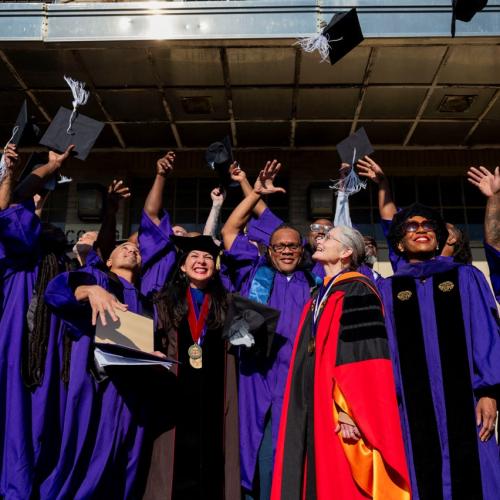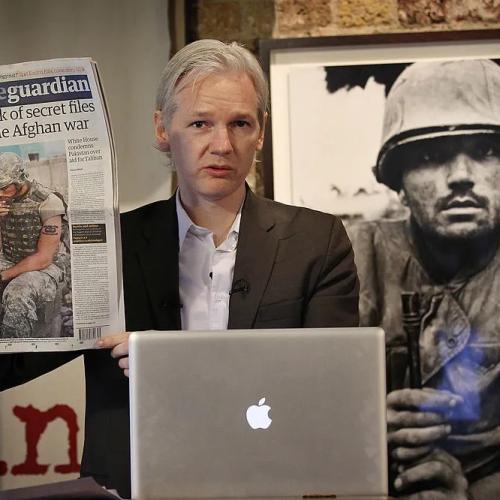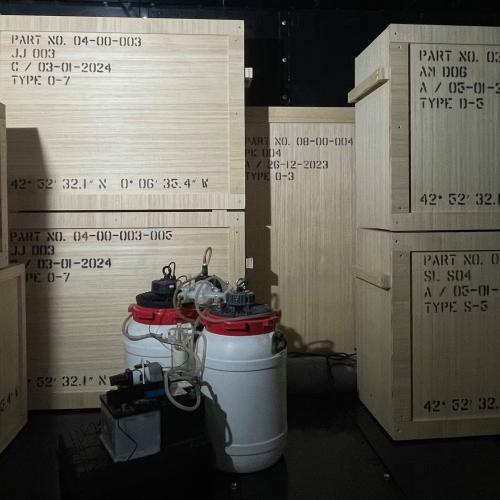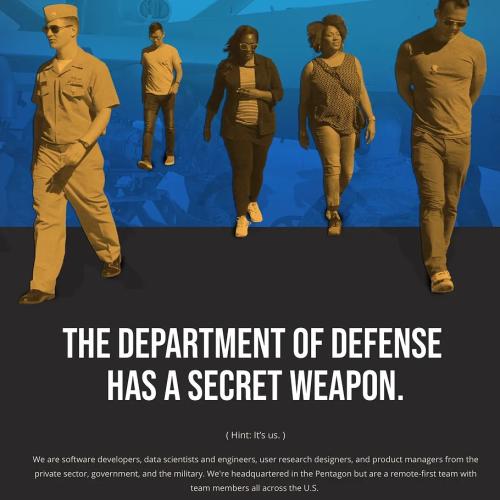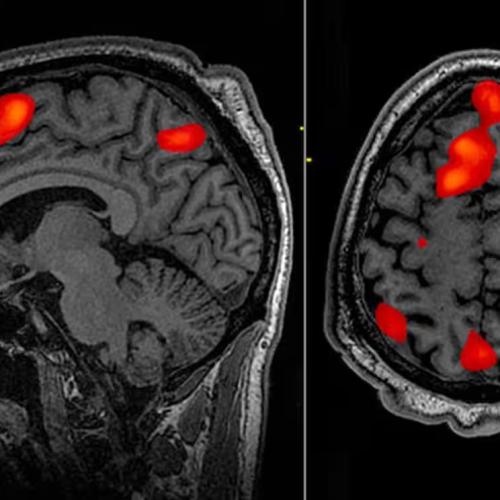Cold Fusion Re-emergence into Public Discussion Covered By Washington Post
Dear friends,
Dr. Eugene Mallove was the Chief Science Writer at MIT when the cold fusion story out of Utah broke in 1989. His story is quite revealing. "One day while at MIT, I inadvertently was looking through some piles of paper by physicists doing their repeat of the [cold fusion] experiment. To my utter astonishment, I can remember sitting at my desk and seeing two sheets of paper. The July 10 control experiment showed in the raw data excess heat. But then, on July 13, it was shifted completely. It was altered. Clear fraud–no question. I asked for a review at MIT. I got nowhere. Yet today, MIT data is held up. There has been an extraordinary abrogation of legal responsibility at the Patent Office and the Department of Energy on the matter of cold fusion. See Dr. Mallove's website and magazine http://www.infinite-energy.com
Cold fusion has been systematically debunked by the establishment ever since its discovery in 1989, despite the fact that hundreds of researchers have continued to research with occasional amazing results. The establishment does not take kindly to the idea of a radical, cheap new source of energy which could disrupt the entire oil-based global economy. So the fact that the Washington Post has just published a long (five webpages) article on the supposedly dead cold fusion technology is an amazing breakthrough! Excerpts of this long article and a link to the original are provided below.
For an excellent summaries of the energy cover-up and other reliable resources on new energy, see https://www.WantToKnow.info/newenergyinformation For a fascinating documentary presenting impressive developments in the field of cold fusion, see https://www.WantToKnow.info/resources#coldfusion We are succeeding in slowly building a critical mass which is forcing these issues to be covered. Thank you for your help in this, and you can help to continue this process by forwarding this email to your friends an colleagues.
http://www.washingtonpost.com/wp-dyn/articles/A54964-2004Nov16.html
Warming Up to Cold Fusion
Peter Hagelstein is trying to revive hope for a future of clean, inexhaustible, inexpensive energy. Fifteen years after the scientific embarrassment of the century, is this the beginning of something?
By Sharon Weinberger
Sunday, November 21, 2004; Page W22
On
a quiet Monday in late August -- a time of year when much of the Washington
bureaucracy has gone to the beach -- a panel of scientists gathered at a
Doubletree Hotel set between the Congressional Plaza strip mall and a drab
concrete office building on Rockville Pike. They sat around a U-shaped table
decked with laptops, with three government officials at the front, ready to
hear about an idea that, if it worked, could change the world.
The panel's charge was simple: to determine whether that idea had even a prayer of a chance at working.
The Department of Energy went to great lengths to cloak the meeting from public view. No announcement, no reporters. None of the names of the people attending that day was disclosed. The DOE made sure to inform the panel's members that they were to provide their conclusions individually rather than as a group, which under a loophole in federal law allowed the agency to close the meeting to the public.
At 9:30 a.m., six presenters were invited in and instructed to sit in a row of chairs along the wall. The group included a prominent MIT physicist, a Navy researcher and four other scientists from Russia, Italy and the United States. They had waited a long time for this opportunity and, one by one, stood up to speak about a scientific idea they had been pursuing for more than a decade.
All the secrecy likely had little to do with national security and more to do with avoiding possible embarrassment to the agency. To some, the meeting would seem no less outrageous than if the DOE honchos had convened for a seance to raise the dead -- and in a way, they had: Fifteen years ago, the DOE held a very similar review of the very same idea.
It was front-page news back in 1989. The subject was cold fusion, the claim that nuclear energy could be released at room temperature, using little more than a high school chemistry set. In one of the most infamous episodes of modern science, two chemists at the University of Utah announced at a news conference that they had harnessed the power of the sun in a test tube. It was, if true, the holy grail of energy: pollution-free, cheap and virtually unlimited.
If it worked, cold fusion could supply the country's energy needs, with no more smog, no more nuclear waste, no more depending on other countries for oil. For a brief moment, an energy revolution seemed on the horizon.
But when many laboratories tried and failed to reproduce the Utah results, scientists began to line up against cold fusion. Less than a year after the announcement, a DOE review found that none of the experiments had demonstrated convincing evidence of cold fusion. Almost as quickly as they had become famous, the scientists involved became the butt of comedians' jokes. A Time magazine millennium poll ranked cold fusion among the "worst ideas" of the century.
But now, at the Doubletree in Rockville, it seemed all that could change. For the scientists who had risked ostracism to persist in studying cold fusion, the very fact that the Energy Department was reviewing their work this summer seemed like a breakthrough. True, according to two of the presenters who were there, the meeting began with harsh questions. But at 5 p.m., the presenters were ordered to leave the room, and when they returned, the mood had visibly lifted. At the end, the scientists presenting the idea and those reviewing it all shook hands. The reviewers stayed on to discuss the material. The cold fusionists went to a barbecue, feeling celebratory. No one had told them if the presentation had convinced anyone that cold fusion was real. But it was nice, they said, after so many years, just to be treated with respect.
[SRI International chemist Michael] McKubre claims that when an experiment works, scientists can measure fleeting bursts of excess heat released in the process -- at times, up to 30 percent more energy comes out than went in. In some experiments, McKubre has detected byproducts, such as helium and tritium, that often accompany nuclear reactions. He says both phenomena are clear proof that fusion has occurred.
Since 1989, hundreds of scientists working in dozens of labs around the world have claimed similar results. Supporters point to the written literature -- more than 3,000 papers -- as proof of the effect. But the most credible cold fusion advocates concede that the vast majority of those papers are of poor quality; one supporter called the collection "mixed toxic waste."
Research money has dried up. The U.S. Patent and Trademark Office has refused to grant a patent on any invention claiming cold fusion. According to Esther Kepplinger, the deputy commissioner of patents, this is for the same reason it wouldn't give one for a perpetual motion machine: It doesn't work.
These problems are all tied to the 1989 DOE review. While the report's language was measured, pointing out the lack of experimental evidence, "it was absolutely the intention of most of the framers of that document to kill cold fusion," McKubre says. "Cold fusion," he writes in an e-mail, "has the potential to replace all sources of energy and power, indefinitely."
"Brilliant," "genius" and "reclusive" were words used to describe [SRI scientist Peter] Hagelstein 20 years ago, when he rose to prominence as one of the young scientists behind President Ronald Reagan's plans to build a missile shield in outer space. He made his mark designing the X-ray laser that was to be the centerpiece of Reagan's "Star Wars" anti-ballistic missile system.
Hagelstein describes the mainstream scientific community as "mafias" that promote and publish their friends' work, unwilling to accept new ideas. As Hagelstein explains it, leading physicists came out swiftly and prematurely against cold fusion.
Hagelstein says his acceptance of cold fusion was by no means immediate. "Sometimes I was pretty sure that it was real, and sometimes I was convinced that it was all junk," he writes in an e-mail. It took several years before he was convinced. "At this point, there are far too many results, of many different types, that constitute an argument that is very strong. There is no going back."
As cold fusion research limped forward, Hagelstein faced a series of personal reverses. He has tenure at MIT, but he never made full professor. When his funding ran out, he eventually lost his lab space, his secretary, even his office. He has suffered from depression, which he attributes to his experience with cold fusion, but also downplays it. "What's more important," he asks, "me taking a little grief or if, by my actions, I could make a difference in the world?"
Hagelstein today remains the best-known name in the cold fusion community. And that's why in April 2003, he wrote directly to Energy Secretary Spencer Abraham to request a new review. By November, the DOE had decided to do it, agreeing that after 15 years it was reasonable to review the progress of work in the field. The August review was limited to a single question, according to McKubre: Is the work surrounding cold fusion legitimate science? A positive answer -- even short of a ringing endorsement -- would finally lift the stigma, McKubre has said. It would also "loosen the purse strings" among potential funders. As of last month, the Department of Energy was saying that the review would be released by the end of the year.
McKubre often speaks about a company in Israel, Energetics Technologies, that has received a couple of million dollars a year in private support to research cold fusion and has achieved "startling results," producing much higher levels of power and heat than his own experiments. McKubre has visited the lab. "It's the first clear indication that something practical might come out of all this effort," he says.
Hagelstein
says, he has seen enough cold fusion data to convince him that the science
is clearly real. The field's acceptance, he maintains, will be simply a
matter of the scientific community's looking at the improved experimental
results in the future and coming to understand them.
Note: Dr. Eugene Mallove was killed in a bizarre dispute with a
neighbor in May of this year. For more on this, see https://www.WantToKnow.info/eugenemallove
For Results of the DOE Study: http://www.nytimes.com/2004/12/02/science/02fusion.html?oref=login
See our exceptional archive of revealing news articles.
Please support this important work: Donate here.
www.momentoflove.org - Every person in the world has a heart
www.personalgrowthcourses.net - Dynamic online courses powerfully expand your horizons
www.WantToKnow.info - Reliable, verifiable information on major cover-ups
www.weboflove.org - Strengthening the Web of Love that interconnects us all
Subscribe here to the WantToKnow.info email list (two messages a week)
Cold Fusion





























